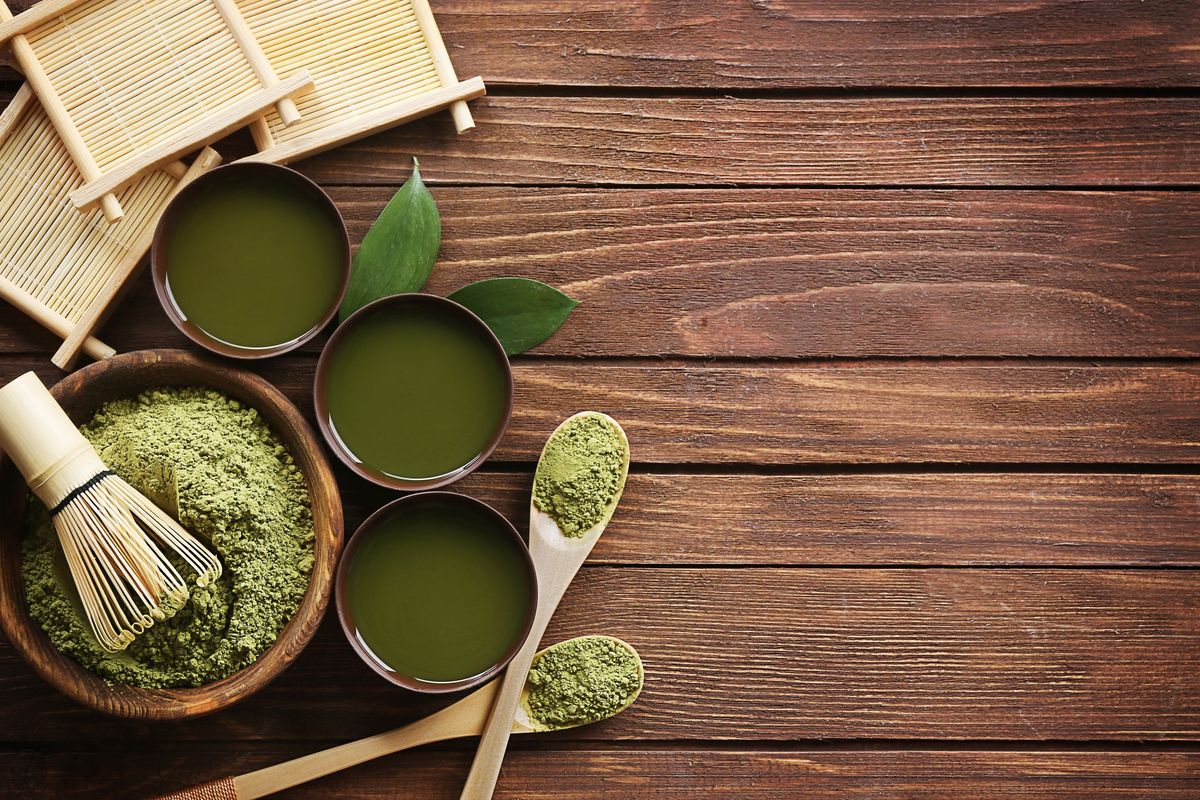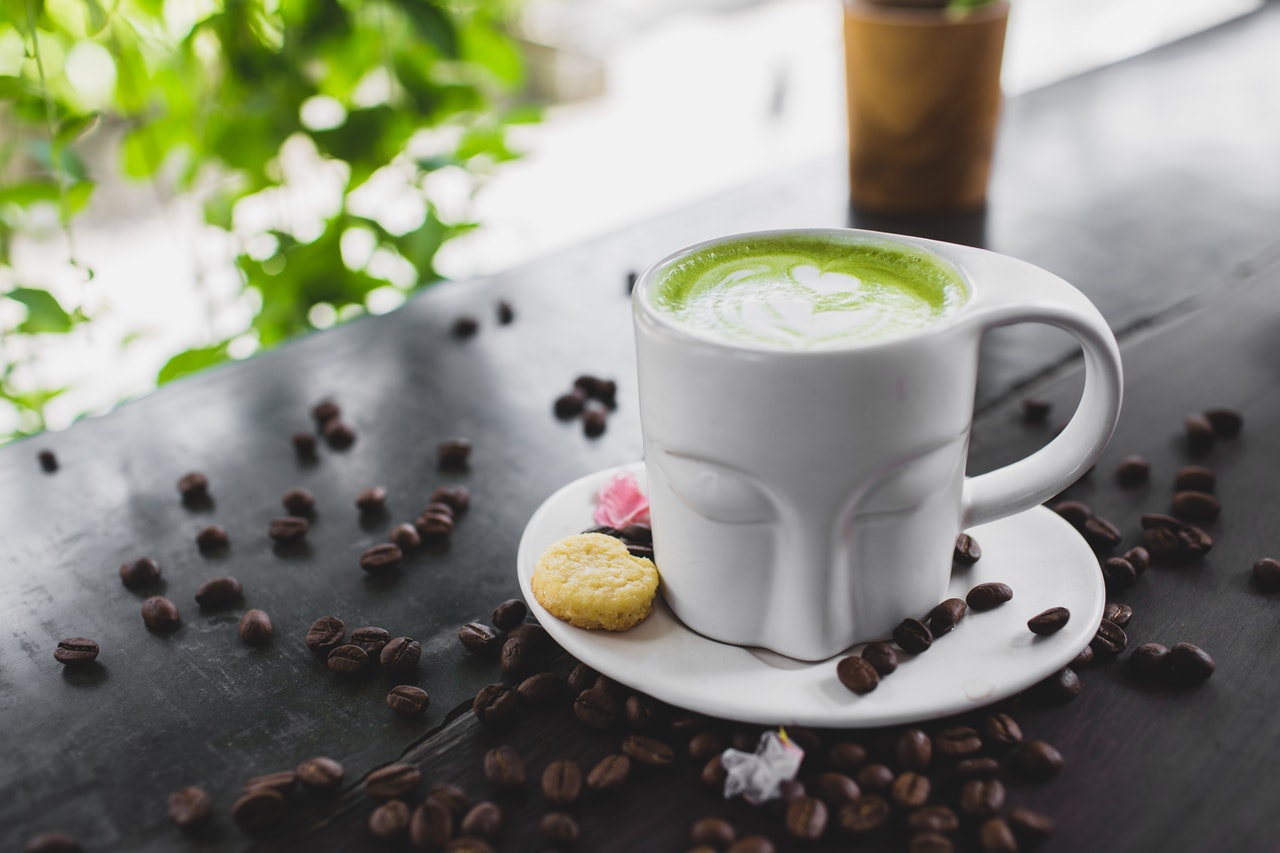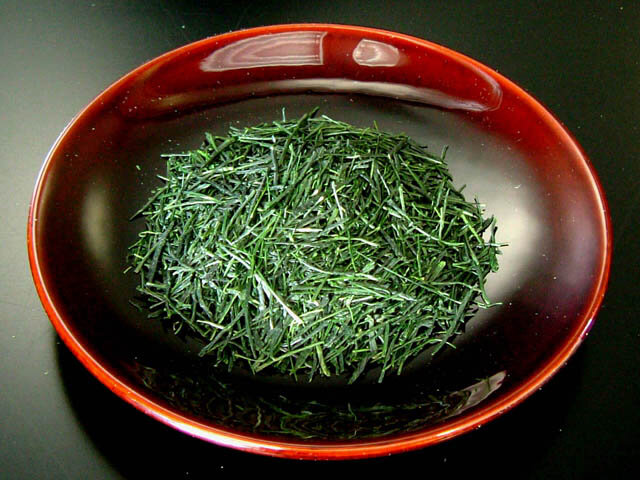The matcha craze – the powdered green tea replacing California’s coffee obsession

A few minutes every morning is all you need.
Stay up to date on the world's Headlines and Human Stories. It's fun, it's factual, it's fluff-free.
Could the matcha craze truly overtake the California coffee industry? Superfood, antioxidant, organic, probiotic – buzzwords abound when it comes to the healthy consumption of this powdered green tea. In a social media scape saturated by weight-loss schemes and health fads, sorting out which content is legit versus fraudulent poses a challenge. Anything timely, well-marketed and aesthetically pleasing can gain enough traction to pass as bona fide. So, are the matcha desserts and lattes passing trends, or could they be a viable long-term alternative to the world’s favorite caffeinated beverage?
The National Coffee Association found that 62% of Americans drink coffee everyday. Such an omnipresent drink relied on by many exhausted college students and professionals is difficult to substitute, especially with all the coffee innovations by local cafes and global corporations. Littered with thousands of cafes, California is still among the leaders of coffee culture in the United States even if it isn’t home to Seattle, the birthplace of Starbucks.
What is matcha?

This Japanese powdered green tea is harvested from Camellia sinensis, the same plant as traditional green tea. However, the farming method differs from the way traditional green tea is harvested. Farmers cover the tea plants to evade direct sunlight just a few weeks before harvest, which heightens the chlorophyll level and results in a vibrant green shade. The process morphs the plant into a superfood – a nutrient-rich food with incredible health benefits.
Depending on whether or not the farmers roll out the leaves prior to drying them could produce one of two types of teas. The rolled out leaves become the green tea known as Gyokuro, while the immediately dried leaves become Tencha. Farmers stone-grind the Tencha to make the fine powder we all know as matcha. Because of the intricate process required to produce the sweetheart of modern tea, expect to pay more than you would for your average tea.
Health and wellness benefits
Like many health trends, the matcha craze originated long before modern day wellness gurus and nutritionists latched onto it. 12th century traditional Japanese tea ceremonies served matcha as a chief ingredient. Something rooted in Japanese beverage history must have some health benefits, right? Right!
The farming process not only elevates the chlorophyll level, it also elevates levels of L-Theanine, an amino acid whose properties include simultaneous relaxation and stimulation (every slave to capitalism needs that magic). Matcha is also a great source of antioxidants. Studies linking regular green tea consumption to lower rates of cancer, stroke and renal and kidney failure aren’t in short supply. Green tea contains natural antioxidants known as catechins, which can decrease the risk of stroke by boosting vascular health and decreasing levels of LDL cholesterol.
It’s caffeine content can also boost cognitive function. A teaspoon of matcha contains roughly 70 milligrams of caffeine. While caffeine levels vary greatly from cup to cup of coffee or matcha, coffee generally contains more caffeine than matcha. However, does that necessarily mean coffee is a more effective stimulant for your work day?
A firsthand experience with matcha
I don’t like coffee. I wish I did. The aesthetic of preparing a beautiful iced coffee next to a table full of books and art seduced me enough to attempt to acquire a taste for it. For the sake of my experiment, I forced myself to down an 8-ounce cup of coffee with an extra few ounces of oat milk to make it more palatable once a day for a week. My energy level soared in the morning, and then plummeted in the afternoon. I also experienced an increase in anxiety and restlessness. I felt repelled by the need to come back for more in order to reduce the after effects of the drink.
The next week I tried an 8-ounce cup of matcha everyday. My energy felt stable throughout the day, and I did not feel the need to drink multiple cups a day to sustain my cognitive function. The coffee’s caffeine also kicked in almost instantaneously, while the matcha’s caffeine gradually came into effect. I repeated my coffee week and then my matcha week and found the same results. Although this is just one first-hand experience with matcha, those who find that coffee leaves them jittery or irritated may enjoy switching to matcha or green tea instead.
California matcha spots
Tea Master Matcha Cafe & Green Tea Shop – Los Angeles

Of course the unsleeping city of go-getters needs the latest method of caffeination. Consistently rated at five stars with almost 1500 reviews on Yelp, Tea Master Matcha Cafe & Green Tea Shop is worth a visit if you ever find yourself in the Little Tokyo neighborhood of downtown Los Angeles. Definitely taste the soft serve matcha.
The Forum Coffee House – San Diego
If you love matcha but you need variation in your menu, then come check out The Forum Coffee House on Genesee Avenue. Visit their website to scroll through the beautiful gallery full of pastries and drinks. The sight of cream drizzling down the green of an iced matcha will put this cafe on your list.
Matcha Cafe Maiko – San Francisco
From floats and frappés to ice cream and waffles, this San Francisco cafe has everything matcha. These mouthwatering flavors will give you the boost you need for a long day at the office.
Is your business doing something cool that you want to show off? Get in touch at hello@themilsource.com




Comments ()